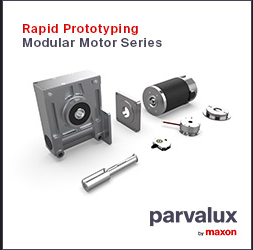3-D-printed robots with shock-absorbing skins
Fujitsu to sell 'smart' factory systems in China
OMRON to Introduce 15,583 Models in 7 Categories to World, Second Wave of FA Devices Built on Common Design Platform
Metamaterial Mechanisms
Adidas Shows Off First Shoe Made In Its German Smart Factory
How to Attract Millennials to Advanced Manufacturing Jobs
Home 3D Printing 'Just Not There Yet' Admits MakerBot
Bosch, SAP team up for Industry 4.0
New modular AM 'smart factory' from Concept Laser decouples pre-production and production
Peugeot Teams Up With 3D Printing Startup for Parts and Possibly Full Cars
Industry 4.0: Cloud driving the rise of machines
Safety solutions for intelligent human-robot collaboration
IIoT and Industry 4.0 to Create Growth in Telerobotics in Manufacturing
3D printed designs easily stolen by nearby smartphone
GE speeds up 3D printing push with bids for SLM, Arcam
Records 1081 to 1095 of 1282
First | Previous | Next | Last
Featured Product

Rapid Prototyping with the Modular Motor Series
Manufacturing and Automation - Featured Company

